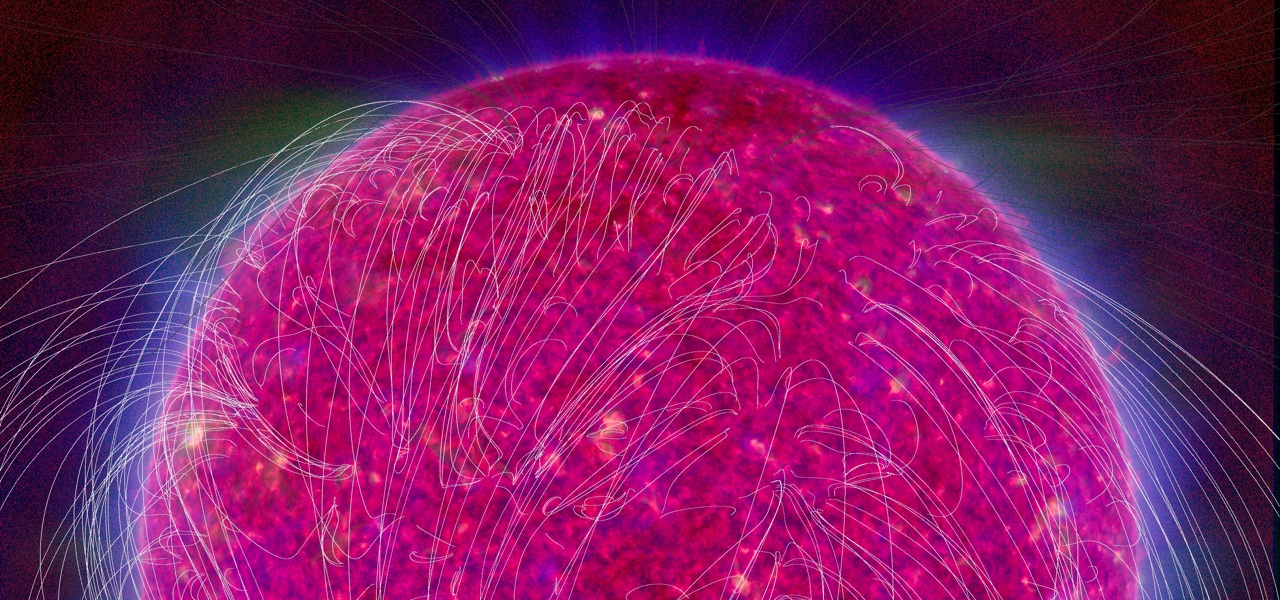When we think of weather, we often picture clouds, rain, and sunshine. But there’s another kind of weather that happens far above our heads, space weather.
While it may sound like science fiction, space weather is very real and can have significant effects on both our daily lives and our national infrastructure.
What is Space Weather?
Space weather refers to the environmental conditions in space as influenced by the Sun and the solar wind. Unlike Earth’s weather, which involves water, air, and temperature, space weather is driven by magnetic fields, radiation, and charged particles ejected from the Sun. These elements interact with Earth’s magnetic field and upper atmosphere, sometimes with dramatic consequences.
READ MORE: What is space weather?
Types of Space Weather Events
1. Coronal Mass Ejections (CMEs) and Solar Flares
CMEs are massive bursts of solar material hurled into space. If one is directed at Earth, it can disturb our planet’s magnetic field and ionosphere. Solar flares, on the other hand, are sudden flashes of energy across the electromagnetic spectrum. These can reach Earth in just over eight minutes, disrupting communication and navigation systems almost instantly.
2. Geomagnetic Storms
These storms are large-scale disturbances in Earth’s magnetic field, often triggered by CMEs. When solar wind conditions are just right, energy from the Sun is transferred into Earth’s geomagnetic system. This can disrupt some power grids, interfere with satellite operations, and degrade GPS accuracy.
3. Solar Radiation Storms
These storms involve high-energy protons, typically affecting polar regions. They can degrade HF communications and pose a radiation risk to astronauts and satellites.
READ MORE: How does the Met Office monitor space weather?
Why Space Weather Matters
While the aurora borealis (Northern Lights) is a beautiful and visible effect of space weather, the impacts go far beyond the visual spectacle. Severe space weather events, though rare, can have serious consequences. These include:
- Power grid outages
- Disruption to GPS and satellite navigation
- HF radio communication failures
- Satellite damage and reduced lifespan
- Increased radiation exposure for high-altitude flights and space missions
Because of these risks, space weather has been listed as a top priority natural hazard in the UK National Risk Register. The Met Office Space Weather Operations Centre (MOSWOC) was established to monitor and forecast space weather, helping to protect the UK’s infrastructure and industries.
READ MORE: Advancing the monitoring of space weather events
Who is Most at Risk?
Industries that rely heavily on technology are particularly vulnerable. These include:
- Energy providers
- Satellite operators
- Transport
- Telecommunications
Even everyday activities like using GPS on your phone or tuning into a radio station can be affected during a space weather event.
Although space weather doesn't affect our everyday weather forecasts, keeping a close eye on it is essential to safeguard the technologies we rely on daily.
Keep up to date with weather warnings, and you can find the latest forecast on our website, on YouTube, by following us on X and Facebook, as well as on our mobile app which is available for iPhone from the App store and for Android from the Google Play store.



